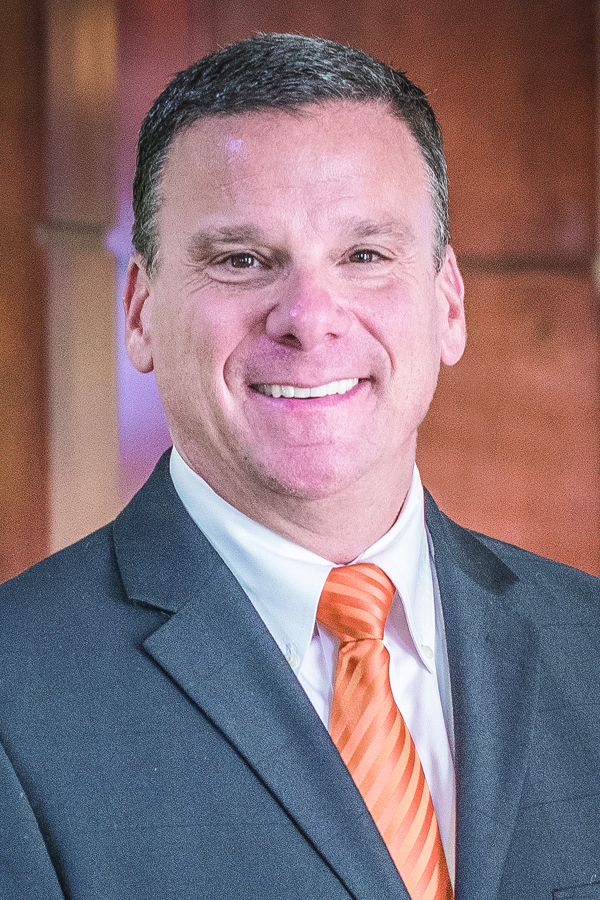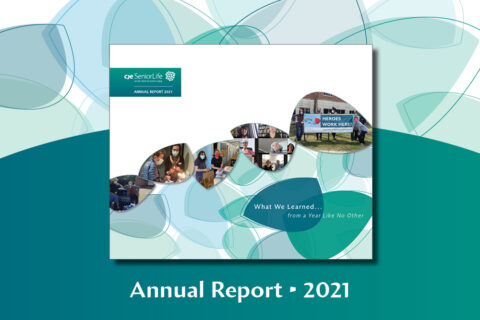2001-2023 Timeline

You may recall that at the turn of this century—Y2K or 2000—all computers around the world were supposed to crash at once. Thankfully, that did not happen. Computer scientists had been skillfully planning for the impending programming “glitch” that may have caused a disaster in every aspect of our computer-dependent lives.
Similarly, CJE has also been diligent in the past 50 years, thinking “forward” about the necessary resources that older adults require to live with dignity and respect in their homes or residential communities. As we conclude our chronicle of CJE’s history by focusing on the last two decades, it is apparent that CJE has been innovative, intentional, and accountable in the development or (at times) discontinuance of programs that bolster the health and wellness—emotionally, physically, spiritually, and intellectually—of older adults.
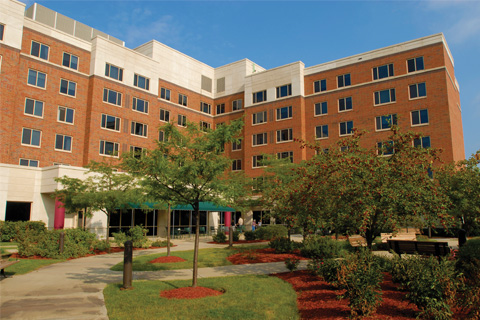
Residential Communities—Where You Live Matters
By 2000, many of CJE’s residential communities—six subsidized apartment buildings for independent seniors, an assisted living campus in Deerfield, and a skilled nursing facility in Skokie—were already well-established.
A few were even undergoing significant renovations to better serve their 500-plus residents. In 2002, Weinberg Community for Senior Living (Gidwitz Place for Assisted Living and The Friend Center for Memory Care), which had opened in 1996, received one of Illinois’ first official assisted living licenses. In 2015, it also expanded and renovated the Friend Center by adding the Bernard Heerey Annex, funded by the Bernard Heerey Family Foundation. Currently, Weinberg Community is poised for another transformation by renovating and refurbishing the first floor to accommodate the changing needs of its residents.
Meanwhile, in 2003, Lieberman Center for Health and Rehabilitation in Skokie was certified to admit Medicare patients, providing the opportunity to provide residential short-term rehabilitation to its current residents as well as to outside community members. As one of the only fully kosher rehabilitation centers with all private rooms, Lieberman’s reputation as the destination of choice for Jewish short- and long-term skilled nursing patients was growing steadily.
As Lieberman gained recognition for its rehabilitation services, receiving referrals from dozens of hospitals in the area, it was equally important to CJE leadership that the building also be refurbished and modernized. A new lobby with computers for residents, a lounge area with a big screen TV, refreshed landscaping for outside visiting, and upgrades to resident rooms made the building even more welcoming. In 2009, Lieberman also became one of the first nursing homes to implement electronic medical records.
What always set Lieberman apart from other nearby nursing homes was the outstanding creative arts programming for all patients and residents, special attention to the needs of the Russian-speaking community, the convenient location in the middle of Skokie, and of course, the unparalleled dedication of CJE’s nursing staff. However, by 2020, it became clear to CJE leadership that the changing healthcare system, which focused on referrals to large rehabilitation networks, was increasingly challenging. To remain fiscally responsible, CJE made the difficult decision in 2021 to sell Lieberman to Legacy Healthcare, which would maintain many of Lieberman’s traditionally Jewish offerings, such as kosher food and rabbinical/chaplain services while upgrading the facility to modern standards.
In 2006, based on a research study, CJE made a strategic decision to add independent living to its portfolio in the northern suburbs. Unlike CJE’s other independent living buildings in the Rogers Park and Near North Chicago areas, this building on the existing Weinberg Community campus would be developed as the entry into CJE’s Continuing Care Retirement Community. CJE spent three years planning for Karmel, a beautiful, amenity-filled apartment building for seniors who could move through CJE’s broad range of care options on one campus as their needs changed…from living independently to moving to Gidwitz Place, and if needed, transitioning to The Friend Center for Memory Care.
The Karmel sales office opened in 2009, just when the housing market softened. By 2011, to be fiscally responsible, CJE put the plans for Karmel aside. This was a huge disappointment, but CJE never stopped planning for the future knowing that this type of community, infused with CJE’s values, was still needed.
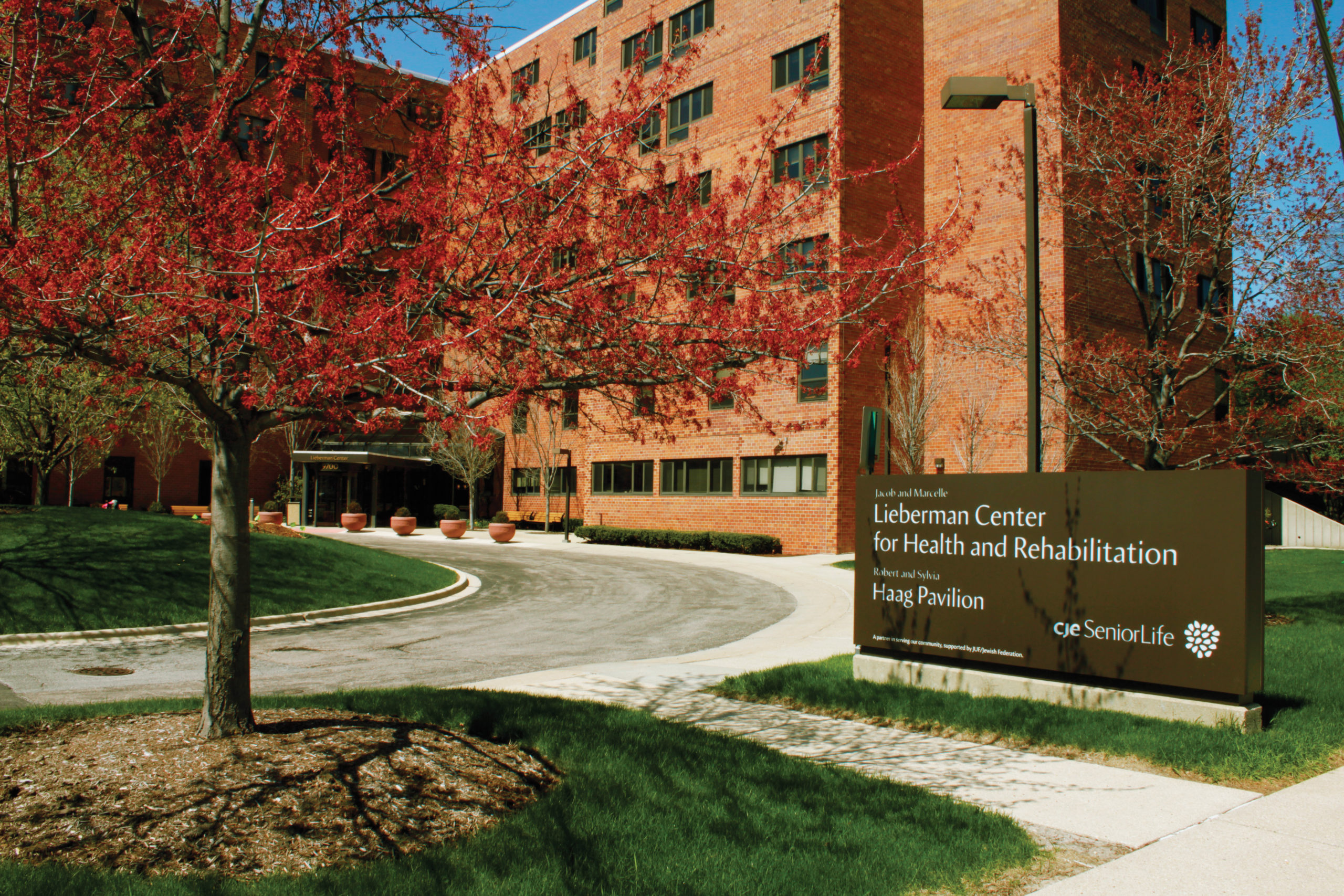
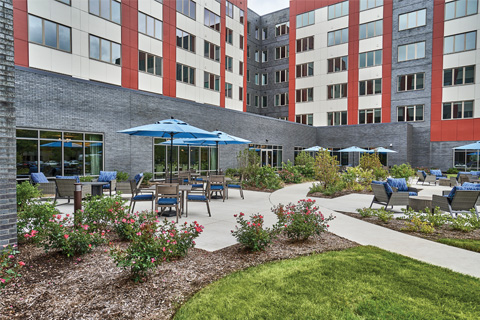
A decade later, after years of preparation and planning, there was a celebration to announce the opening of Tamarisk NorthShore, a stunning independent living building, managed by CJE, with 240 apartments and a myriad of amenities where older adults 65 and better can “Live. Thrive. Socialize.” Tamarisk is a testament to CJE’s commitment to thinking forward and never losing sight of its enduring mission and values.
Community Services—How You Live Matters
While keeping its eye on upgrading and re-imagining its residential communities for the past twenty years, CJE simultaneously initiated, facilitated, and acted upon research that confirmed most seniors preferred to live in the communities where they raised their families, even when living independently became more challenging. Called “CJE’s Community Services,” this arm of CJE developed extremely vibrant programs for older adults and their families to keep them safe and engaged with life—without moving from their own homes.
One such program, “Partners in Care,” was created in 2000 following research from CJE’s own Leonard Schanfield Research Institute. This pilot program embedded CJE social workers and care managers into several local hospitals and allowed them to collaborate with primary care physicians in giving suggestions on how and where their patients could get help in their homes. This provided solid evidence that seniors would prefer receiving personal care, home health care, and other therapies at home rather than moving to a care setting. At about this same time, CJE experimented by adding personal care offices in its own and other independent living buildings. This program was met with immense success and was the basis for CJE establishing a home healthcare business and personal care business for those who could not pay market rates. CJE received several government grants to support this latter program. Although these programs closed within a few years of each other (2012 and 2017), due in part to competition from large private pay organizations and the loss of outside funding, CJE was recognized by many national organizations and government leadership for addressing these issues head-on. Thankfully, in 2018, made possible by a grant from JUF and another major donor, a new Care Management program was launched to serve isolated older adults of limited financial means.


Early in 2000, CJE created a product extension of its well-known Home-Delivered Meals program. Kosher to Go® delivered frozen kosher meals to hundreds of individuals and dozens of organizations, such as hospitals, until 2023 when the service was suspended indefinitely. At various times in its history, CJE integrated them into its network of programs by providing them through home healthcare services or to discharged rehab clients.
CJE’s acclaimed Adult Day Services (ADS) program started to expand in the early 2000s. The “Culture Bus” was developed in partnership with Northwestern University’s Neurology and Alzheimer’s Disease Center. This program provided opportunities for adults with early-stage dementia to take trips to cultural spots throughout the city. Considered an innovative undertaking, Culture Bus has since been duplicated in cities throughout the country.
The ADS site on Howard Street was recently renovated and is now serving clients in its refreshed space. It is an amazing place where older adults living with dementia, Alzheimer’s, Parkinson’s, and related conditions across varied stages can spend the day socializing, participating in the creative arts, having meaningful discussions, and just feeling part of a warm, accepting community.
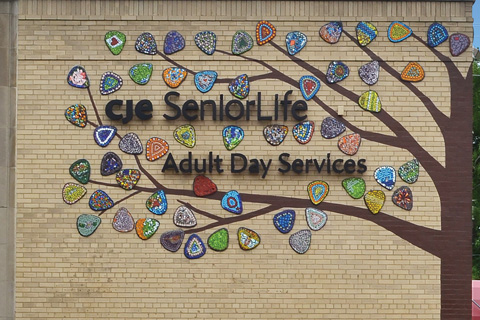
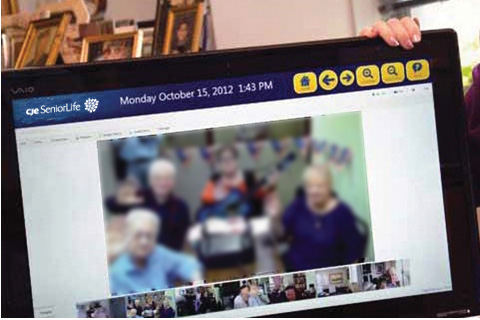
A new strategic plan, written in 2004, also called for preemptive attention to the needs of seniors before a crisis hits. By 2007, CJE’s Center for Healthy Living (CHL) was in full swing, offering dozens of health and wellness programs for older adults living at home throughout metropolitan Chicago. Many of the programs gathered evidence-based research about their wants and needs relative to preventative care. One of CHL’s most innovative programs in 2013 was called the Virtual Senior Center. Isolated seniors were provided with a fully loaded computer to have access to “live” programming through virtual classes. Although that project ended a few years later, it became the model for virtual programming during the pandemic.
The CJE Cyber Club became the preeminent way that CJE could connect seniors to our curated programs such as Yiddish Tish, Move It Monday, and My Go-To Place. CJE’s Cyber Club still has a life of its own and anyone can attend these classes online (check out CJE’s website or sign up for e-mail alerts at cje.net/cyberclub). CJE has further expanded into the exciting world of virtual reality (VR). With several funding and educational partners, CJE developed a way for seniors and their families to travel virtually to Israel. In partnership with the nonprofit Elderwerks Educational Services, CJE also launched an innovative program called Dementia Reality™, an immersive, educational experience for professionals who are caring for clients living with dementia powered by VR technology.

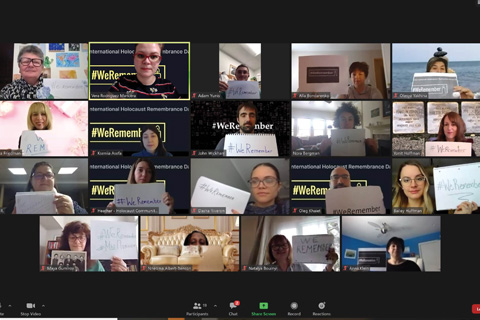
We cannot forget that in 2015, CJE welcomed back Holocaust Community Services (HCS) under its management, and the program has grown exponentially, now serving more than 2,000 survivors annually. Programs, services, client stories, and HCS publications have been instrumental in making sure that we will never forget this horrendous time in the annals of Jewish history.
CJE Administration and Staff—How We Serve Matters
The past few years have been challenging for all of us. CJE had to learn how to pivot from being an “all hands-on-deckso-we-can-help” organization to one where staff members, residents, and clients had to be isolated. This is the exact opposite of what CJE knows about positive aging… that we need to be or feel connected as we get older. We are healthier when we have meaning and purpose. In CJE’s case, our social workers immediately developed protocols to provide telehealth counseling. They are an outstanding example of CJE’s commitment to its mission and values.
Throughout the past 20-plus years, this has been CJE’s raison d’être. CJE’s first staff members President Ron Weismehl (z’l), Senior Vice President Dan Silverstein, and Senior Vice President Nell Silverstein (z’l) led CJE for decades, growing the organization’s residential and community services to meet the community’s needs until their retirement in 2003.

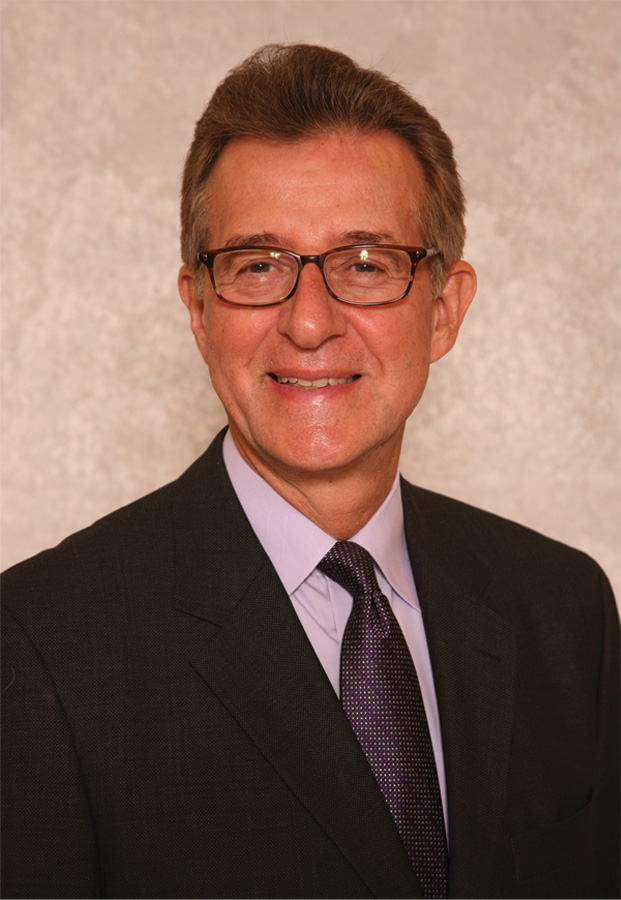
In 2004, Mark D. Weiner took the reins as President and CEO for another 15 years, until his retirement in 2018, and focused on instilling modern technologies and strategic planning methodology. Weiner also brought fundraising to another level by providing leadership for the first Celebrate CJE in 2005, spearheading CJE’s re-branding to CJE SeniorLife in 2008, and highlighting management training.In 2019, Dan Fagin became only the third President and CEO in CJE’s 50-year history. Fagin’s tenure began only months before the pandemic, yet he has led CJE through years of unforeseen challenges and transformation—positioning the agency as a strong and trusted leader in health and human services. Through a new strategic vision and client-centric approach, he is helping CJE respond to the ever-evolving needs of older adults and their families, improving our clients’ experience and access to CJE’s broad range of services, and better preparing us for the future.
Under Fagin’s leadership, CJE is developing and implementing innovative ways to better serve our clients and residents. We have adopted a new, single clinical intake system to connect older adults and their families to our full range of services, upgraded our technology and tools, developed new professional roles, expanded and streamlined our programs and services, and more. As we define the next chapter for CJE, we are excited for the future of our agency and to keep CJE at the forefront of services for older adults for the next 50 years.
There is no way to fully capture all of CJE’s remarkable work for the past 50 years into a short synopsis. Hundreds of files exist on future innovative programs, programs that lasted 5, 10, or 15 years and documented award-winning programs. Indeed, former CJE Board Chair Leonard Worsek’s The History of CJE SeniorLife is a compilation of the organization’s highlights and it is available on Amazon. But that cannot even tell the whole story.
To really know about CJE, talk to a few of the thousands of people who have been touched by CJE in the past 50 years. Whether they called a building their home, or their place of employment, or dialed 773.508.1000 when they needed guidance or a referral, CJE’s story is full of exciting twists and turns that reflect its intentional planning, innovation, responsiveness, and resilience. For half a century, CJE has been a central resource and champion for seniors in the Jewish and larger community.
